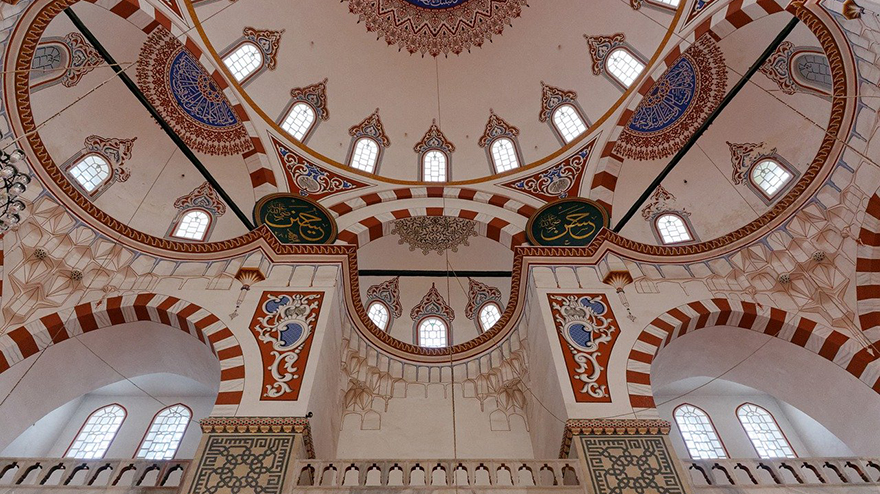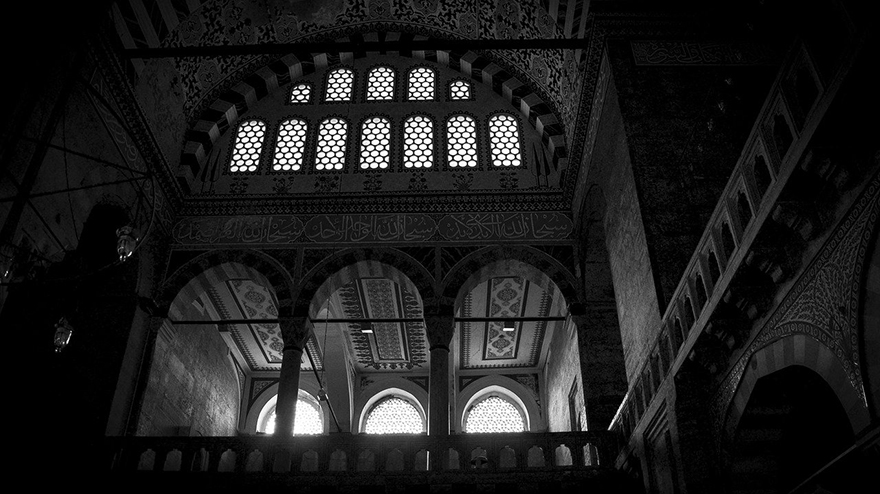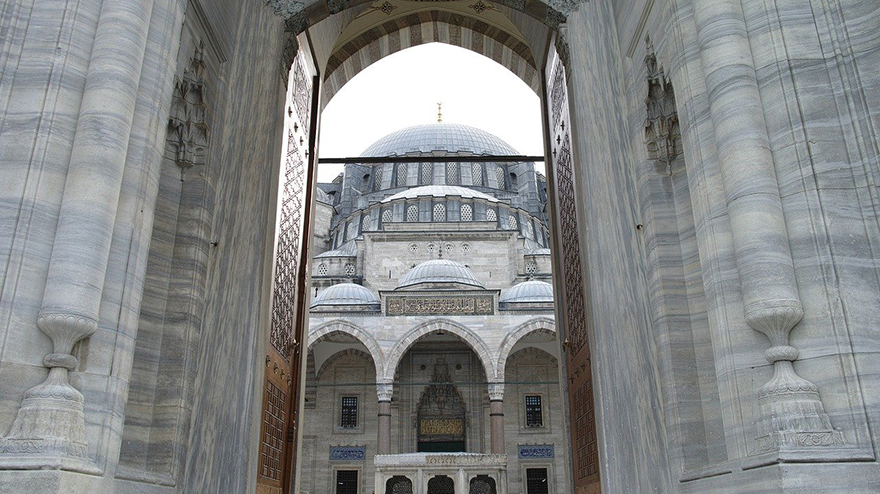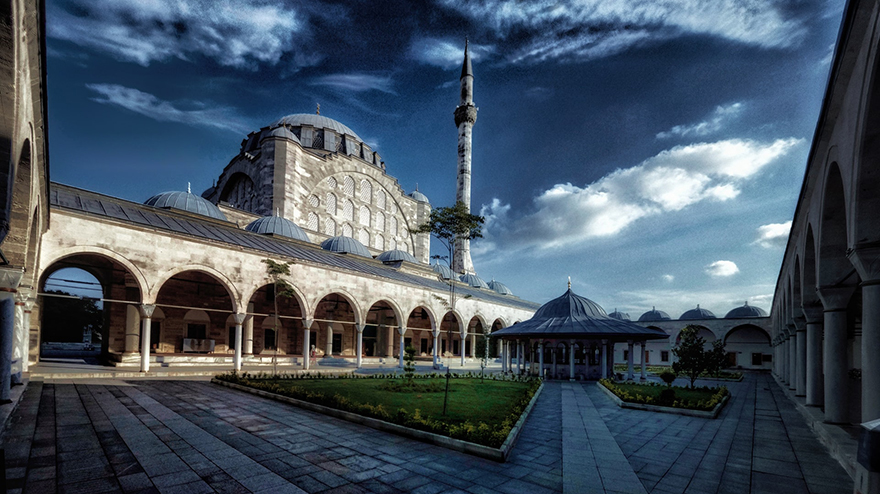
Five Most Beautiful Mosques of Ottoman Empire by Architect Sinan
Architect Sinan Agha was the chief architect and engineer to the Ottoman rulers; Sultan Suleiman I, Sultan Selim II, and Sultan Murad III. During his life, he constructed and supervised more than 300 great projects including magnificent mosques, caravanserais, mausoleums, palaces, and schools. He worked with a vast team of assisting designers and master builders. Sinan was born in 1490 in the small town of Agirnas in the Ottoman Empire which is present-day Kayseri in Turkey.
The child of a stonemason, Sinan got training to become a military engineer. Soon he stood up to become a Janissary commander and got the title, Agha. He converted to Islam. Sinan mastered carpentry in the beginning and later was trained to become an architect. He also learned the skill of archery.
While on military activities, he built various fortifications and army infrastructure projects that included bridges, roads, and aqueducts. When he was fifty years old, he was assigned as royal chief architect to design and build many magnificent mosques and other buildings.
Mimar Sinan designed some of the most influential mosques in the world such as Selimiye Mosque in Edirne and Suleiman Mosque in Istanbul. He trained Sedefker Mehmed Agha who designed the famous mosque by the name of Sultan Ahmed Mosque or Blue Mosque in Istanbul. Other magnificent projects he designed include Atik Valide Mosque, Uskudar; Sinan Pasha Mosque, Besiktas; Husrev Pasha Mosque, Aleppo, Syria; Haseki Sultan Mosque Complex, Istanbul, Turkey; Muradie Mosque, Vlore, Albania; Khusruwiyah Mosque, Aleppo, Syria; Rustem Pasha Mosque, Fatih, Istanbul, and others.
Initially, Sinan adopted the traditional Ottoman architecture but soon he progressed towards new ideas for designing structures. During his military campaign, he got the chance to learn from the architecture of the captured cities in Europe and other places.
Sinan is thought to be the most prominent architect of the Ottoman era. He acquired great artistic skills in architecture, interior, and exterior tilework, and workmanship. He enhanced previous architectural works by rejecting repetitive plans and establishing creative and novel concepts of designs.
Imperial architect Sinan proposed designs based on subtle geometry and employed multiples of two in his projects. Later divisions of three were also used in the proportions. Sinan emphasized simplification instead of superficial embellishments.
Şehzade Mosque, Istanbul, Turkey

Şehzade Mosque is the first mosque designed by Architect Sinan. It is a 16th-century Ottoman-era mosque in Fatih, Istanbul. When Sultan Suleyman the Magnificent came back after a military campaign in 1543, he got the news that his favourite son Şehzade Mehmed had passed away when he was only 22 years old. As a memorial to his son, Ottoman Sultan Suleyman commissioned the construction of this major mosque. The entrance leads to a square courtyard with marble flooring. It covers the same area as the prayer hall. The courtyard is surrounded by a covered portico (riwaq) with five smaller domes on each of the four sides.
The main concept of the mosque was based on a large central dome of the prayer chamber with four half domes on four sides. The structure is supported by four huge octagonal piers or columns with fluting. The complex comprises the Şehzade Mehmed’s mausoleum.
Selimiye Mosque, Edirne, Turkey

Selimiye Mosque was commissioned by Sultan Selim II and designed by Mimar Sinan. It is regarded as one of the foremost accomplishments of Islamic architecture. The kulliye consists of a mosque at its centre with surrounding buildings such as a school, library, hospital, and baths. Architect Sinan designed this mosque based on a geometrical form of an octagon.
The large dome is supported on an octagonal base supported by eight massive columns. This base is resting on a square base that has four semi-domes at each corner. The Dome of the Selimiye Mosque has a diameter of more than 31 m, i.e., 102 feet which makes it a remarkable achievement of the architect to support such a large span. This mosque was completed when Sinan was 80 years old.
Suleymaniye Mosque, Istanbul, Turkey

Suleymaniye Mosque is located on a hill near the Golden Horn in Istanbul. It was named after the Ottoman Sultan Suleyman the Magnificent who commissioned this grand complex. There were various other buildings surrounding the mosque, such as colleges, hospitals, caravanserai, Hamam, kitchens, and hospices. The entrance to the mosque leads to a forecourt before reaching the prayer hall. The courtyard has a fountain in the centre and is surrounded by colonnades with surface finishes of granite, marble, and porphyry.
On all four corners of the courtyard stand four minarets. One of the facades of the mosque is embellished with Iznik tiles. The large dome of the prayer hall measures 26.5 m (86.9 feet) in diameter. Sulemaniye Mosque complex was completed by Sinan when he was 70 years old.
Mihrimah Sultan Mosque, Uskudar, Istanbul, Turkey

Mihrimah Sultan Mosque is another mosque designed by the great architect Sinan and built in the 16th century in Uskudar. This mosque is also known as Iskele Mosque, Uskudar Quay Mosque, or Jetty Mosque. It is placed on a raised plinth. In this mosque, the architect supported the main dome of the prayer hall with three other half domes on three sides. Slender minarets are another notable feature of this massive structure. It was completed in the year 1548.
Sokollu Mehmed Pasha Mosque, Kadirga, Fatih, Istanbul,Turkey
Sokollu Mehmed Pasha Mosque is one more 16th-century Ottoman mosque built in Fatih, Istanbul designed by Sinan. Grand vizier Sokollu Mehmed Pasha with his wife commissioned its construction. It is located on a slope in Kadirga. As a result of this slope, the mosque is built on two levels. The lower level comprises shops. On the upper level, there is an open courtyard with colonnades. There are small rooms on three sides of the courtyard, while on the fourth side lies the prayer hall crowned with a large dome.
The prayer chamber is designed on a hexagon arranged in a rectangular shape. There are four smaller half domes at the corners. An ablution fountain lies at the centre of the courtyard having twelve columns topped with a dome. There is only one minaret in this mosque. The interior is beautified by the Iznik tiles.











COMMENTS
wow the dome is extra beautiful mashallah